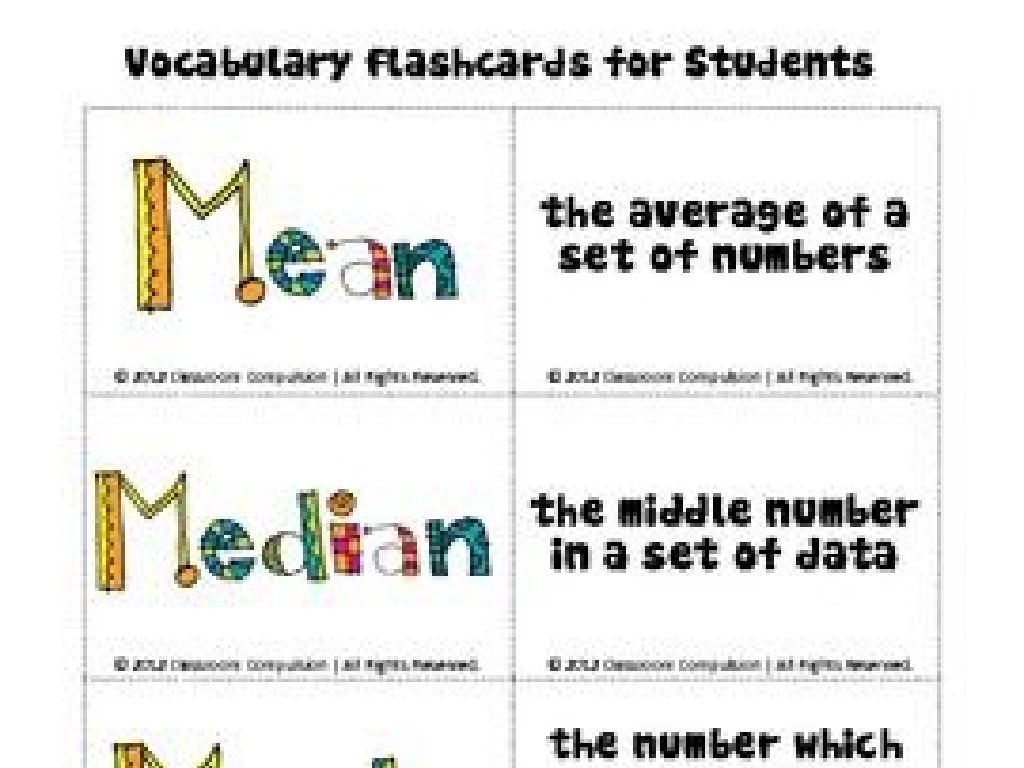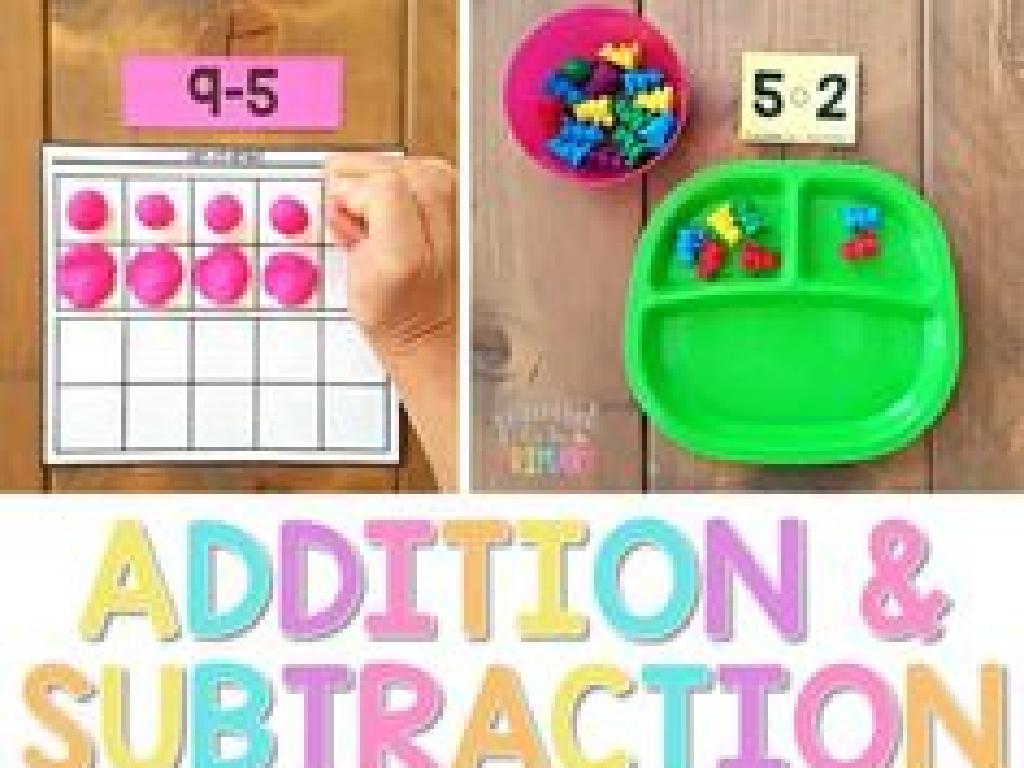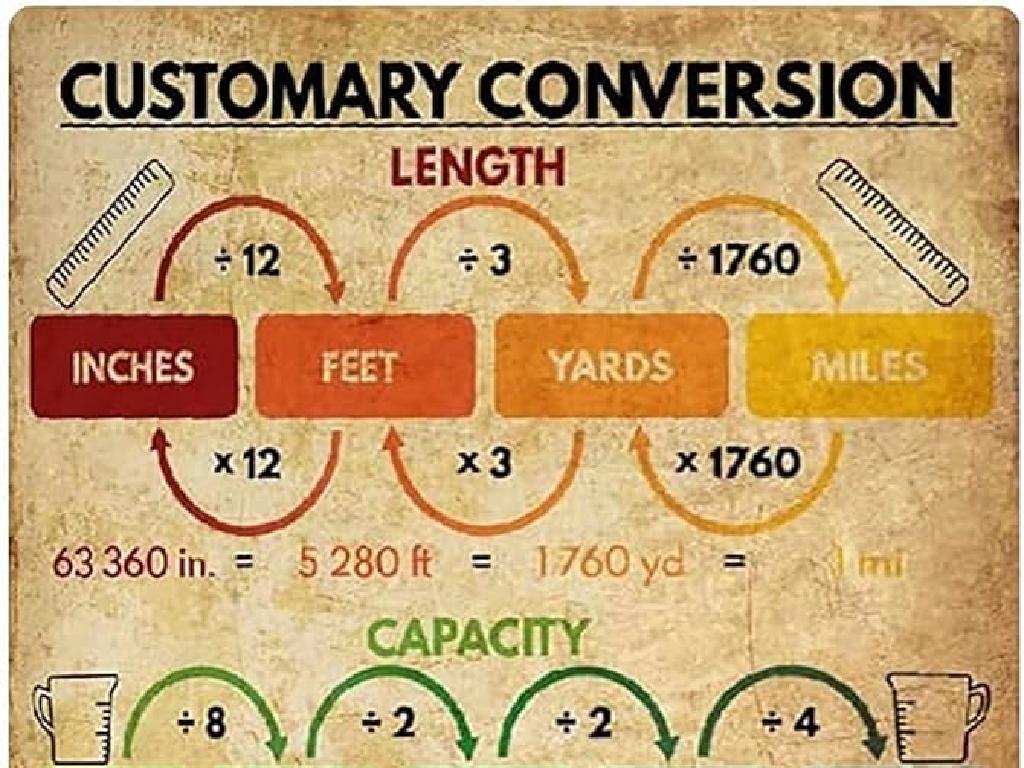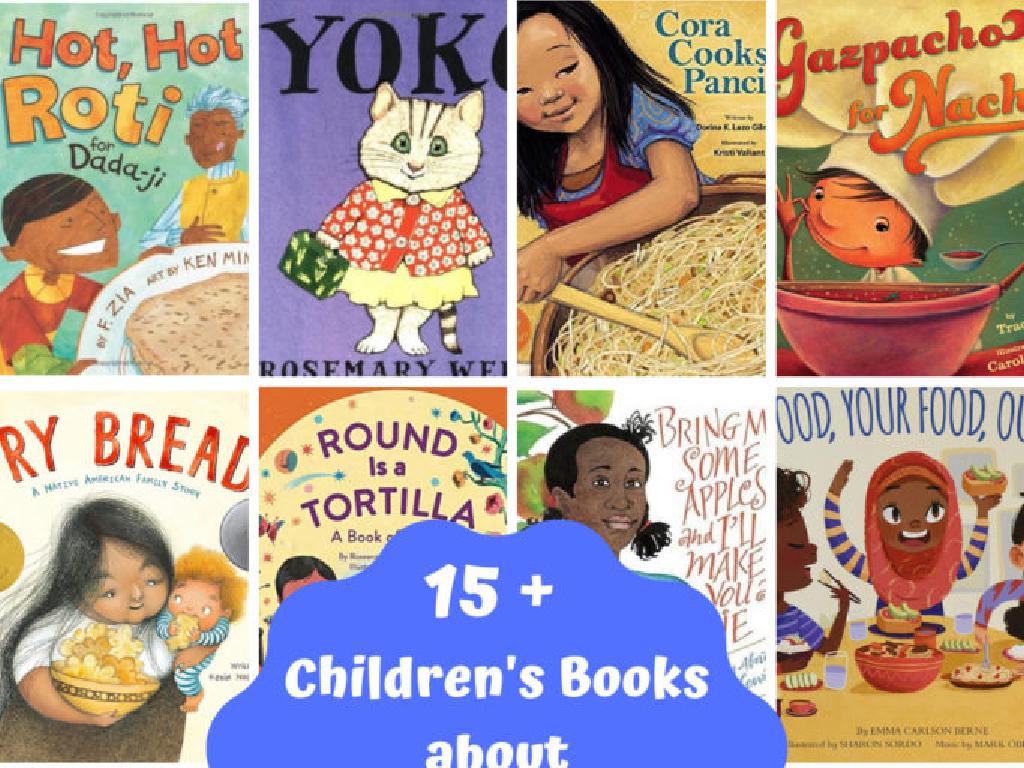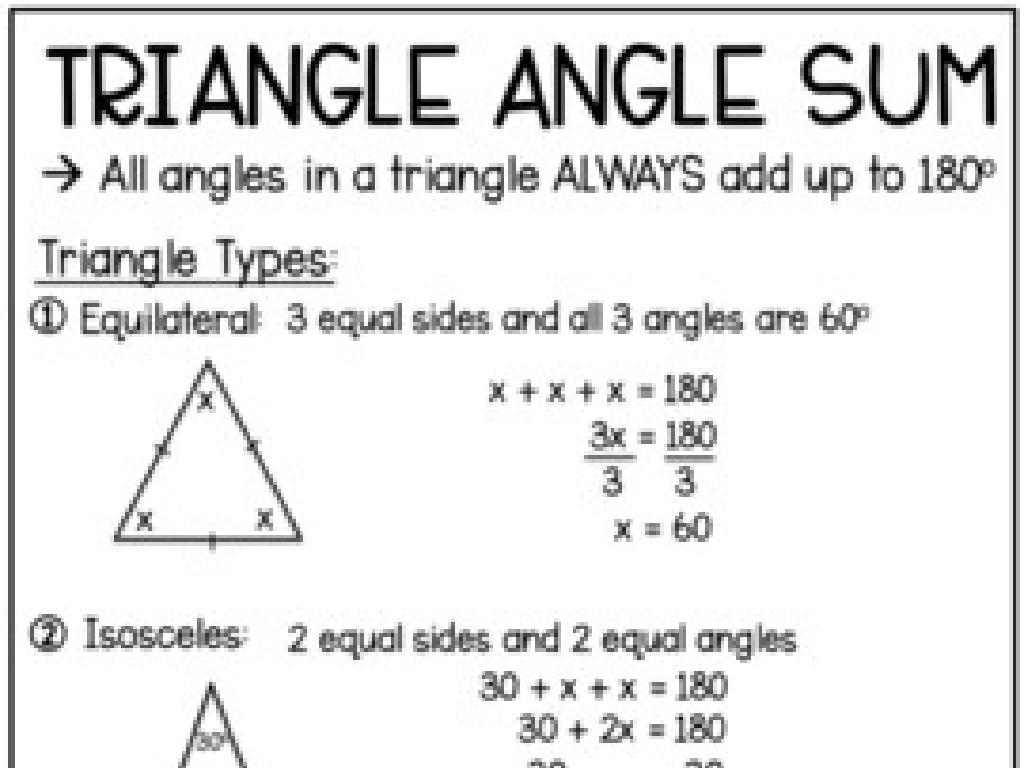Natural Resources
Subject: Science
Grade: First grade
Topic: Earth'S Resources
Please LOG IN to download the presentation. Access is available to registered users only.
View More Content
Exploring Natural Resources
– What are Natural Resources?
– Things found in nature that people can use, like water and trees.
– Types of Natural Resources
– We have air, water, soil, plants, and animals.
– Importance of Natural Resources
– They help us live, like air for breathing and soil for growing food.
– Caring for our Resources
– We must use them wisely and protect them.
|
This slide introduces first graders to the concept of natural resources, which are materials or substances that occur in nature and can be used for economic gain or to fulfill life’s needs. Start by explaining what natural resources are with simple examples they interact with daily, like water for drinking and trees for paper. Discuss various types of natural resources, emphasizing the ones most relevant to their experiences. Highlight the importance of these resources in everyday life, such as clean air for breathing and fertile soil for growing plants. Finally, instill a sense of responsibility by talking about how we can take care of Earth’s resources through conservation and sustainable practices. Encourage the children to think of ways they can help at home or school.
Exploring Natural Resources
– What are natural resources?
– Items from nature like water and trees that we use.
– Examples: Water, Air, Trees, Sunlight
– Water for drinking, Air for breathing, Trees for paper, Sunlight for warmth.
– Daily uses of natural resources
– We use air to breathe, water to drink, trees for paper, and sunlight to keep us warm.
– Importance of conserving resources
– To ensure these resources are available for future use.
|
This slide introduces first graders to the concept of natural resources, which are materials provided by the Earth that humans can use to meet their needs. Examples include water for hydration, air for breathing, trees for paper and wood, and sunlight for light and warmth. Emphasize the everyday reliance on these resources and the importance of using them wisely to ensure they are available for years to come. Encourage students to think of ways they use these resources in their daily lives and discuss the importance of taking care of our environment.
Types of Natural Resources
– Two main types: Renewable & Non-renewable
– Like solar energy or wind that keep coming back
– Renewable resources are reusable
– Like oil and coal, which are limited on Earth
– Non-renewable resources can deplete
– We must use resources wisely
– It’s important to save and protect our Earth’s treasures
|
This slide introduces the concept of natural resources to first graders, categorizing them into renewable and non-renewable resources. Renewable resources, such as sunlight, wind, and water, are emphasized as being sustainable because they naturally replenish. Non-renewable resources, such as fossil fuels and minerals, are finite and can run out if overused. The slide aims to instill an early understanding of environmental stewardship by highlighting the importance of using resources wisely. Teachers should use simple examples to illustrate these concepts and encourage students to think of ways they can help conserve resources in their daily lives.
The Sun: Our Main Renewable Resource
– The sun provides light and warmth
– Sunlight is essential for plants
– Plants use sunlight to make food
– Solar panels harness sun’s energy
– Solar panels capture sunlight to use as power
– Sun’s energy can create electricity
– We can use this power for our homes and schools
|
This slide introduces the sun as a vital renewable resource for first graders. It explains the sun’s role in providing light and warmth, which is something children can easily relate to. Emphasize how plants depend on sunlight to grow through the process of photosynthesis, which can be simplified for their understanding. Introduce solar panels as a technology that converts sunlight into electricity, a concept that can be demonstrated with simple examples or classroom experiments. Encourage students to think about the sun’s importance in their daily lives and how it powers not just the natural world but also our homes and schools.
Water – A Precious Resource
– All creatures need water
– Water sources: rain, rivers, lakes
– Keeping water clean is essential
– Water pollution harms animals and plants
– Don’t waste water; use it wisely
– Turn off the tap while brushing teeth
|
This slide introduces first graders to the importance of water as a vital natural resource. Emphasize that every living thing on Earth, including plants, animals, and humans, needs water to survive. Discuss the natural sources of water like rain, rivers, and lakes, and the water cycle. Highlight the importance of keeping water clean by avoiding pollution and the necessity of using water wisely to prevent wastage. Encourage students to think of ways they can save water in their daily lives, such as turning off the tap while brushing their teeth or taking shorter showers. This will help instill a sense of responsibility towards water conservation from a young age.
Trees – More Than Just Wood
– Trees give us oxygen
– We breathe in oxygen that trees release
– Homes for animals
– Birds and squirrels live in tree branches
– Trees become paper and furniture
– We use tree wood to make useful things
– Trees are important for Earth
|
This slide aims to educate first-grade students about the importance of trees beyond their use for wood. Emphasize that trees are essential for providing the oxygen we need to breathe, which is a process called photosynthesis. Highlight that trees serve as habitats for various animals, offering shelter and a place to build nests. Discuss how trees can be used to create paper and furniture, showing the versatility of wood as a resource. Lastly, reinforce the idea that trees play a crucial role in maintaining the health of our planet. Encourage students to think of ways we can protect trees and why they are vital for a sustainable future.
Conserving Our Natural Resources
– Why we conserve resources
– Recycling saves trees
– Using old things to make new ones
– Turning off lights helps
– Using less power to protect nature
– Small acts make a big difference
|
This slide aims to teach first graders the importance of conserving natural resources. Start by explaining that natural resources are things we get from Earth that help us live, like water, air, and materials for building and food. Emphasize that we need to take care of these resources so they last a long time. Recycling is a way to help; it means taking old things like paper and plastic and making them into new things, which saves trees and energy. Turning off lights when we’re not using them also saves energy, which comes from resources like water, coal, and the sun. Encourage the children to think of these actions as helping the Earth, just like helping a friend. This will instill a sense of responsibility and show them that even as kids, they can make a positive impact on the environment.
Class Activity: Resource Helpers
– Become a Resource Helper
– Plant a seed in a cup
– Each student will receive a seed and a cup
– Water it and give it sunlight
– Teach them the importance of water and sunlight for growth
– Watch your plant grow at home
– Observing changes helps us learn about Earth’s resources
|
This activity is designed to engage students with hands-on experience in understanding natural resources and their role in helping them grow. Provide each student with a seed and a small cup filled with soil. Guide them through the planting process, explaining how soil, water, and sunlight are vital natural resources for plant growth. Encourage them to take care of their plant at home by watering it regularly and placing it in a sunny spot. This will not only teach them about the importance of natural resources but also about responsibility and observation skills. In subsequent classes, ask students to share updates on their plant’s growth, fostering a discussion on how natural resources support life on Earth.

